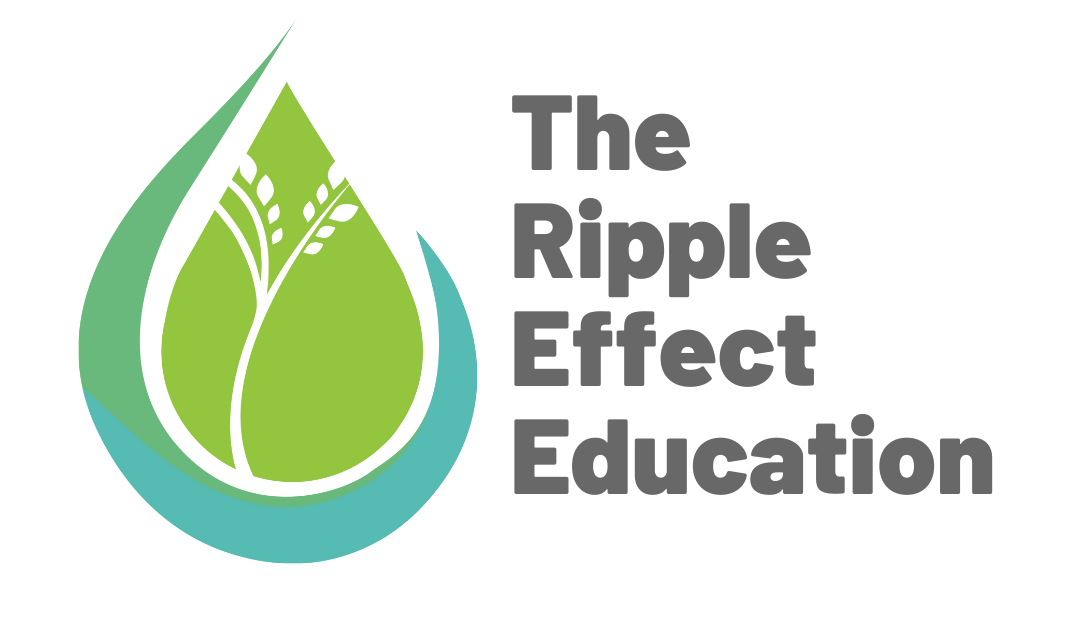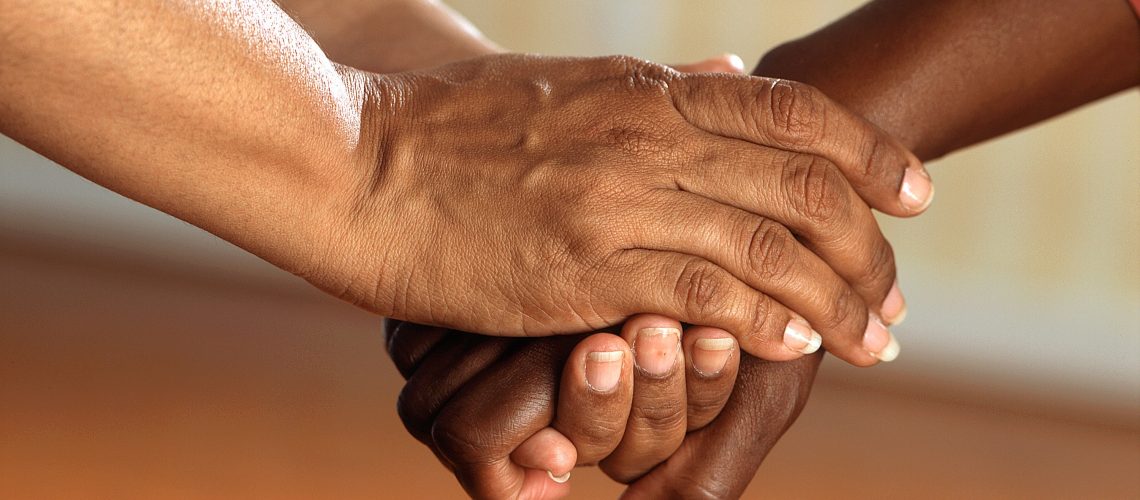In the fourth week of TREE’s Grade 3 Conflict Resolution curriculum, the focus is on Empathy. How to build empathy for another person, and how to show empathy to another person. At the beginning of the class, the students are asked to share some of the feelings that they have experienced before. Everything from sad, to mad, to silly, to sleepy, to worried, to enthusiastic, to just ‘so-so.’ Students listened as their peers spoke about times when they felt a range of emotions.
This activity was a good reminder about just how many feelings each person experiences in their lifetime. Some of them are really good, and some of them are really challenging. By the time we are 10 years old we have felt a whole spectrum of emotions. The class then focused on why, given all the feelings we all have, and all the reasons we have felt all these feelings, we should practice being empathetic to our peers.
The definition of Empathy is our feeling of awareness toward other people’s emotions and an attempt to understand how they feel (Jiménez, 2021). Building empathy for someone is a process, so here are some strategies for us all to try:
1. Listen Actively: Making sure that the other person feels like we are listening as we work to understand how they are feeling is a must-have first step for building empathy.
2. Withhold Judgment: Not jumping to conclusions and instead making sure we are listening to the other person will give us a better chance at understanding where they are coming from.
3. Be Understanding: Being understanding, or using our own personal experiences to put ourselves in their shoes is another important step to building empathy for others.
4. Ask Open-Ended Questions: We can learn more about someone by asking open-ended questions, rather than yes/no questions, as it gives them a chance to share how they are feeling in their own way (Benner, 2022).
5. Show that you Care: Being kind, respectful, and open are some ways to show someone we care about them. Building empathy requires being able to show the other person that you want to understand them better.
Learning how to be empathic is a skill we can all keep working on. The students in this workshop gave lots of great examples of times when they have practiced empathy, like when a new student is in their classroom, and when someone seems like they are being left out. But people of all ages can continue to work on developing empathy for other people and using these
strategies.
Can you think of a time you showed empathy towards someone? What did you do to show them you cared?
References
Photo by Pixabay on Pexels
Jiménez, Jacinta. “Compassion vs. Empathy: Understanding the Difference and Which to Use.” Compassion vs. Empathy: Understanding the Difference and Which to Use, 16 July 2021, https://www.betterup.com/blog/compassion-vs-empathy.
Benner, Diana. “Six Strategies for Building Empathy in the Classroom.” TechNotes Blog, 13 July 2022, https://blog.tcea.org/what-empathy-how-practice-empathy-classroom/.
 Mhari Reid (she/her) is a graduate from the University of Waterloo with a degree in business and Peace and Conflict Studies, and a minor in Political Science. She has a particular interest in the application of restorative practices within families, and is excited to be working with TREE and sharing with students about the role of relationships in conflict resolution and peacebuilding. Mhari is also an event coordinator with the Greater Kitchener-Waterloo Chamber of Commerce, and in her free time she enjoys going on walks with friends, hiking, and cooking!
Mhari Reid (she/her) is a graduate from the University of Waterloo with a degree in business and Peace and Conflict Studies, and a minor in Political Science. She has a particular interest in the application of restorative practices within families, and is excited to be working with TREE and sharing with students about the role of relationships in conflict resolution and peacebuilding. Mhari is also an event coordinator with the Greater Kitchener-Waterloo Chamber of Commerce, and in her free time she enjoys going on walks with friends, hiking, and cooking!


